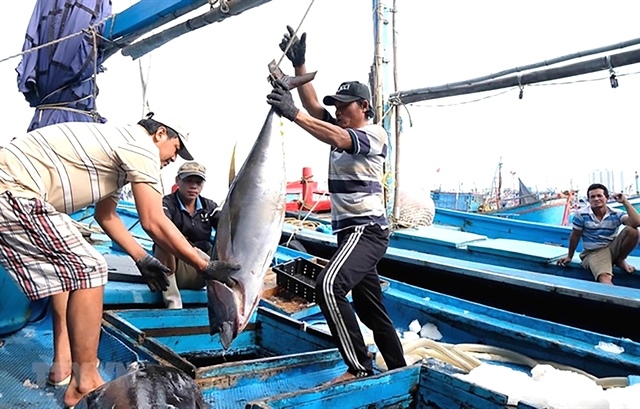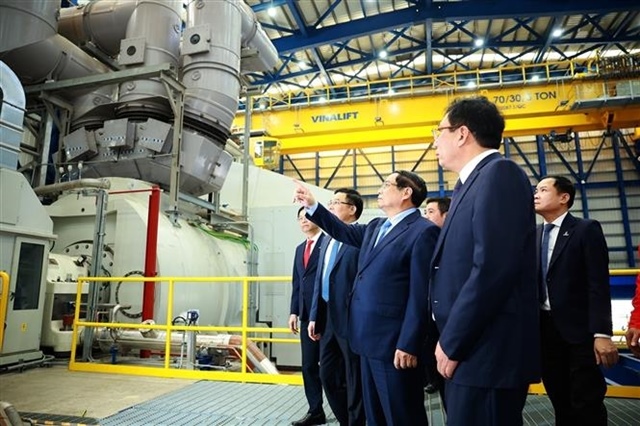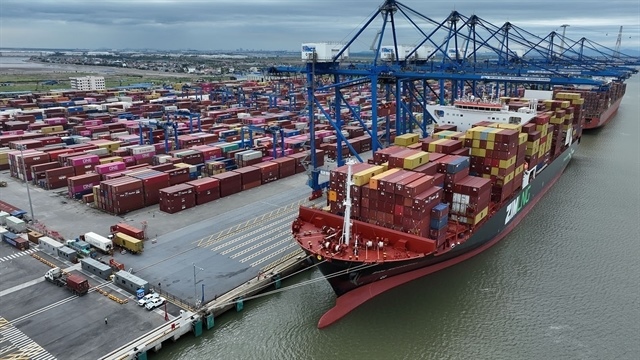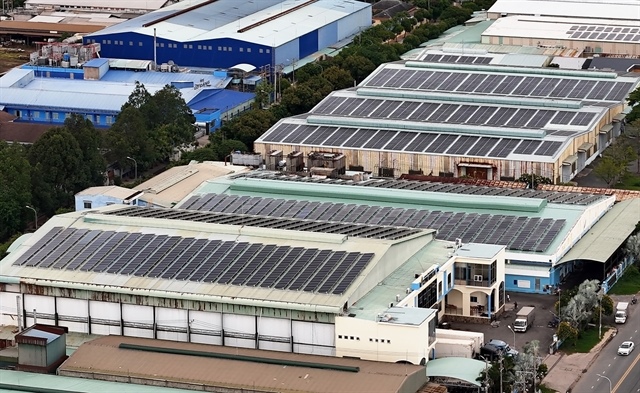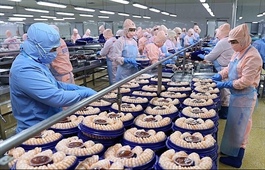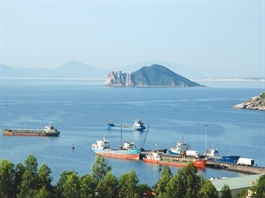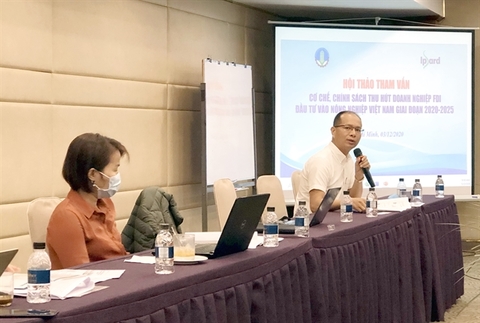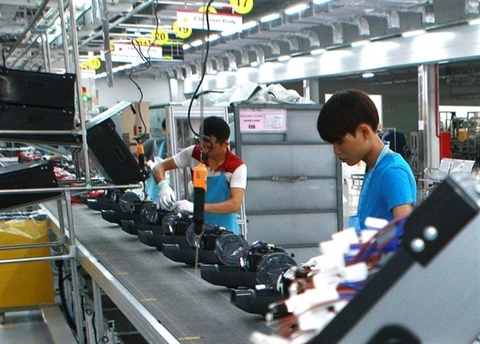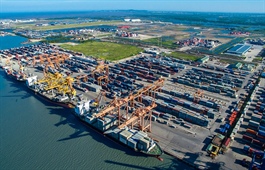Support industries urged to boost efforts to join global supply chains
Support industries urged to boost efforts to join global supply chains
Development of support industries is vital to improving the quality of the economy and attracting additional foreign direct investment (FDI). In addition to help provided by state policies, supporting industry enterprises must intensify their efforts to adapt to the global production chain.
|
Low local content rate
A recent report from the Ministry of Industry and Trade (MoIT) to the Standing Committee of the National Assembly indicates that the number and scale of domestic supporting industry enterprises remains limited, with about 1,800 enterprises manufacturing spare parts and components. Of those, only 300 are engaged in supply chains of multinational corporations. Although the production and technology level of Vietnamese enterprises has gradually improved, most of the domestic products are simple components and details, with medium and low technology content.
The production management and technical capability of most Vietnamese supporting industry enterprises are restricted. Domestic enterprises only provide about 10 percent of the domestic demand for supporting industry products, while the gap between the requirements of multinational corporations and the capacity of domestic enterprises remains wide. This is also the cause of a huge trade surplus of components and spare parts. In 2019, the import value of components and spare parts was US$36.64 billion, up 11.4 percent compared to 2018.
The localization rate in many industries is low, for example only about 40-45 percent in both textile and garment and leather footwear industries.
Vietnam’s electronics industry is heavily dependent on FDI enterprises, especially Samsung. Only about 35 Vietnamese companies are first tier suppliers to Samsung, including low-value consumable, packaging, and printing materials.
At a forum on improving the competitiveness of Vietnamese goods held recently by the MoIT, Deputy Minister of Planning and Investment Tran Duy Dong said Vietnamese enterprises are still facing difficulties in the global supply chain as the majority of private enterprises are small or micro, which prevents them from accumulating capital to invest in innovating technology, or improving management skills and human resources. Many businesses have not developed a long-term strategy, and seem to be hesitant about their investments. “Vietnamese enterprises are still weak in cooperating and building trust with long-term partners to develop together for mutual benefit,” said Dong.
Vietnam’s unique advantages
To boost the supporting industry, the Prime Minister recently issued Resolution 115/NQ-CP on development of supporting industries with a number of solutions such as effectively implementing specific mechanisms and policies to develop the processing and manufacturing industries; maintaining preferential policies on interest rates for supporting industry, processing and manufacturing enterprises. The MoIT has been assigned 13 tasks including building a development strategy for the textile and garment and leather footwear industries to 2030, with a vision until 2035; and building five technical centers to support regional industrial development.
Apart from state support, Vietnamese supporting industry enterprises have to make their own efforts. Hanoi Plastic Joint Stock Company Chair Bui Minh Hai said that support industries require high accuracy and quality in order to provide components for assembly.
Nguyen Duy Duc, Sales Manager at the Vietnam Japan Industrial Development and Manufacturing Joint Stock Company (Indema), said Vietnamese enterprises have to operate, learn and innovate their manufacturing process to meet specific customer quality requirements, starting from the smallest and simplest products then gradually progressing to more complex products and bigger orders and contracts.
Swedish Ambassador to Vietnam Ann Mawe said Vietnam is uniquely positioned to become a top manufacturing alternative due to its reputation as a safe investment destination and the benefits of the recently launched EU-Vietnam Free Trade Agreement (EVFTA). However, the country is facing a bigger challenge - adding value in the global supply chain instead of simply increasing its trade value. Therefore, it is crucial for Vietnam to develop sustainable support industries by increasing the competitiveness of products, as well as improving the efficiency of production and automation. Vietnam also needs to keep up with the latest trends and technologies in production.
The government has set a target for Vietnamese enterprises to produce highly competitive supporting industrial products, meeting 45 percent of the essential needs of domestic production and consumption by 2025, and 70 percent of domestic production demand by 2030.




